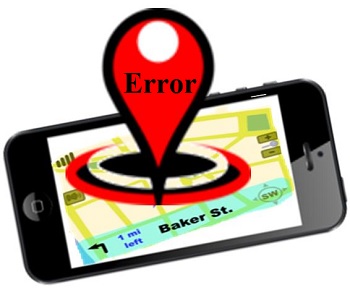Kids with Crocs can interact with AR-enabled Jibbitz charms using a smartphone.
Augmented Reality company, Zappar, has teamed up with Crocs, the makers of the popular rubber, slipper-like shoes, to provide children with an interactive experience via Jibbitz shoe charms, which use AR tech that is activated through a smartphone app.
Via mobile technology, the charms can be transformed into interactive pets and games.
There are four different Jibbitz charm packs for girls and boys. After purchasing a charm pack, the next step is to download the free AR app that has been created by Zappar. Using the app, children can use the camera lens of a smartphone to enjoy different activities with the charm. For instance, they can play with and pamper a kitten playing “Pet Salon”, take customized photos in “Fairy Land”, engage in “Battlefield” a paint ball tank game, or play “Racing Car’ a racing game.
Caspar Thykier, the CEO and founder of Zappar said that “Crocs is a great partner to showcase Zappar content in new and fun ways.” He added that “This ground-breaking new range of Jibbitz is an excellent example of the ways in which children’s charms are becoming more interactive. Add a bit of magic to your shoes by turning them into a game, whenever and wherever.”
The senior director of global licensing, Jibbits, and the children’s footwear division at Crocs, Matt Lafone, also commented on the partnership with Zappar, saying that the company is always on the lookout for fresh ways to create interactive moments for children and Zappar has enabled them to do that.
Children respond well to augmented reality, a technology that is also showing promise as an effective educational tool.
AR technology has been featured in museums and is appearing more and more in schools. In addition, this type of technology is also being used in school textbooks and has gained positive results.
Due to the fact that augmented reality is interactive, it has the potential to really capture a child’s interest and enhance learning experiences. The Jibbitz AR charms are available in the United States and the United Kingdom via Corcs stores and at Crocs online.

 For instance, to continue with the examples on the Canadian map, the city of Edmonton was inaccurately placed to the west of Calgary, in the province Alberta. The apostrophe in the name of the city of St. John’s, the capital of Newfoundland, was missing.
For instance, to continue with the examples on the Canadian map, the city of Edmonton was inaccurately placed to the west of Calgary, in the province Alberta. The apostrophe in the name of the city of St. John’s, the capital of Newfoundland, was missing.